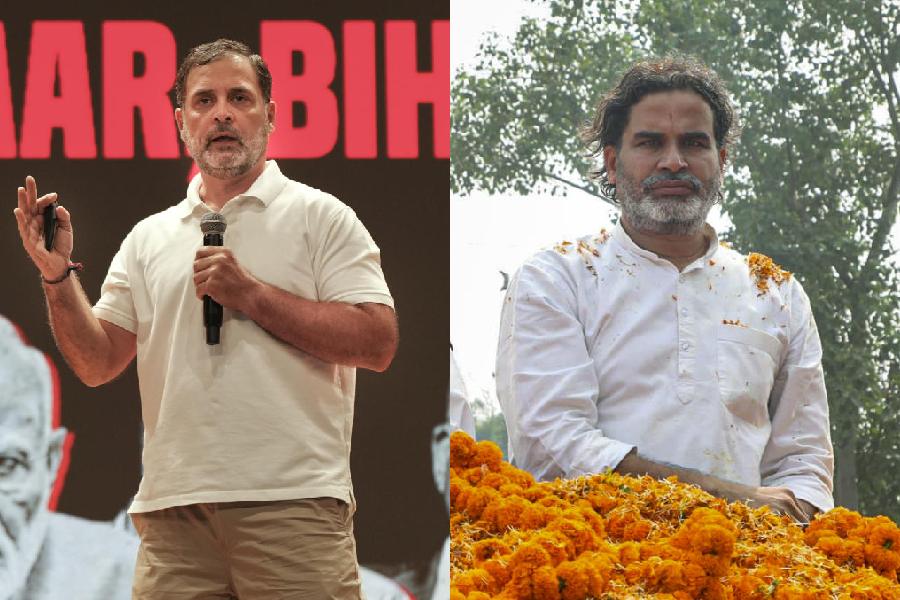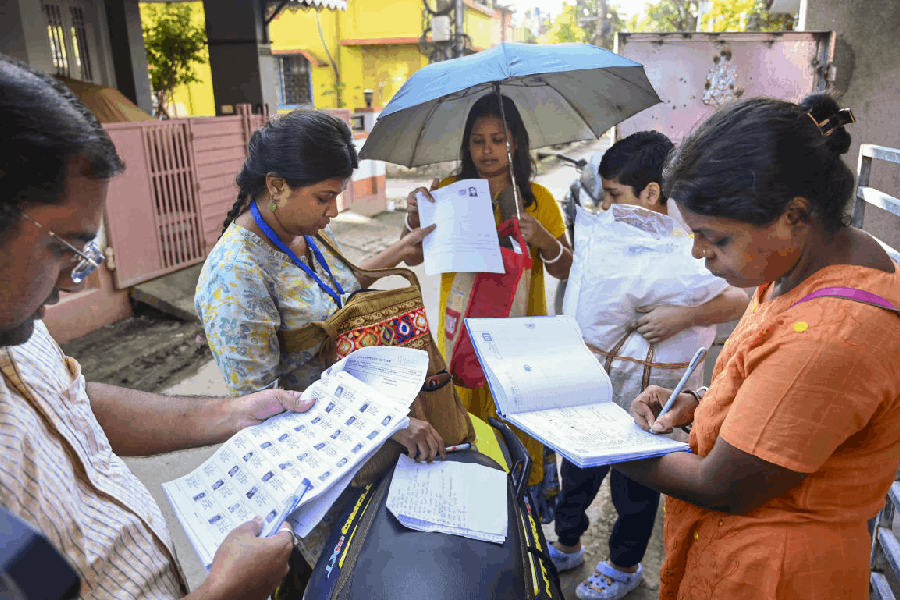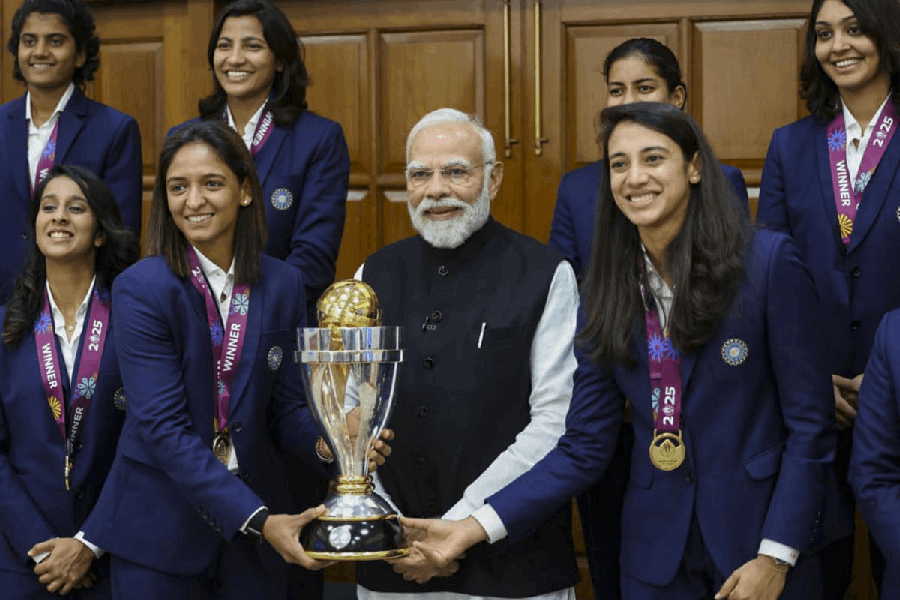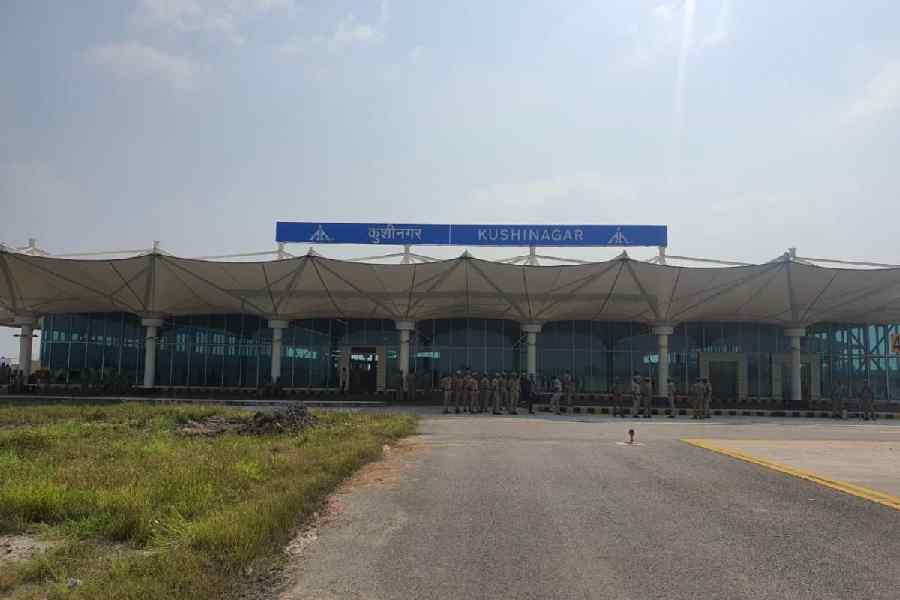 |
Viswan Chinnan was far away in Dubai but kept worrying about a road in his ancestral village. He feared that the widening of National Highway 17, which cuts through Kerala’s Thrissur district, could lead to disaster. Some 95 families, mostly of poor farmers and labourers, would lose their ancestral land. Chinnan wrote to several authorities, including the Prime Minister, about the problem, but no one replied. Then one day last month he read in a local newspaper that the National Highways Authority of India (NHAI) had launched a page on the popular social networking site Facebook (FB). Chinnan posted his complaint on the NHAI Facebook page. The NHAI has already responded to Chinnan’s post with the contact details of an official who would look into his problem. “Let’s hope Facebook opens up a channel of communication for us,” Chinnan says.
While he is keeping his fingers crossed, Calcutta-based filmmaker Arin Paul is happy with the city traffic police’s FB page that has more than 4,000 followers. Every day, Paul logs on for traffic updates. “I have also registered complaints against errant taxi drivers. Although they have promised action, let’s see how they’re going to follow it up. But overall it’s a very useful page for commuters.”
 |
| GOING PUBLIC: A screenshot of the Calcutta Traffic Police’s Facebook page; (top left) a policeman in Calcutta |
It’s not just the NHAI or the Calcutta Traffic Police. Facebook has become a platform for government organisations across India, with central and state departments using it to communicate with the people. Some departments are even on Twitter. It all started when the Delhi Traffic Police launched a Facebook page last year. Soon, police departments in Mumbai, Gurgaon, Jammu and Kashmir and Calcutta had followed suit and opened their accounts. Others who jumped on to the social media bandwagon included the Election Commission of India. The commission, which has just a handful of followers now, plans to upgrade its page in the next few months. A spokesperson for the ministry of road transport and highways in Delhi also says plans are afoot to open an FB page. Similarly, the Planning Commission too has a page dedicated to the Centre’s 12th plan. For the first time, citizens can post their suggestions and complaints regarding the plan.
But is the presence of government departments on social networking sites merely an exercise in public relations? Or have they truly become an effective means in the hands of government agencies to look into complaints and redress grievances — in short a useful tool for delivering good governance?
Not everybody is convinced that there are enough instances of follow- up action being taken. Aparajita Basu, who works with a publishing house in Delhi, says the city traffic police was quite prompt in acting upon complaints or suggestions when it first launched its page. “I once mentioned that a ‘left turn not free’ sign be put up somewhere prominently and they promptly did so,” she recalls. But now complaints are not being followed up, she says. “I also found that there was little interest in addressing systemic issues — like road design, which often leads to inadvertent traffic violations.”
Chetna Karnani’s experiences haven’t been very encouraging either. The owner of Katha — The Tattoo Studio at City Centre, Salt Lake, Calcutta, uploaded a photograph of an auto-rickshaw driver who overcharged her along with that of his licence plate on the Calcutta Police’s FB page. “The police team wrote back, saying action would be taken. But that’s that. Even after repeated queries, the police haven’t informed me if anything has been done,” says Karnani. “I feel the page is an exercise in futility. Sometimes I even feel that it is not run by the police.”
Experts say that using Facebook as a tool of e-governance requires a willingness to monitor it regularly and act on the complaints and suggestions from the public. Says Tarun Abhichandani, group business director, eTech Group, IMRB International, “Every government authority seems to be jumping on to the social media bandwagon. But they have to remember that social media tools like Facebook are primarily meant for the dissemination of information. To go beyond that and achieve concrete results in the real world one needs to continuously keep users engaged.”
Some government departments insist that they do just that. Nand Kumar Chaugule, DC (South), Mumbai Traffic Police, says a dedicated team deals with its FB page. “I won’t say that they are on it 24/7, but they monitor it through the working hours,” says Chaugule. In Calcutta, the Traffic Computer Cell is responsible for its FB page. Five officers take turns to monitor complaints and suggestions, keeping track of daily traffic violations. “We put in long hours, monitoring the page in between our other tasks,” says Swapan Banerjee, officer-in-charge, Traffic Computer Cell, Lalbazar. According to the city police, the page has 3,348 active users. On an average, it gets 6,961 posts, 22 feedbacks, and 11 “likes” every day. FB, says Dilip Bandyopadhyay, DC (traffic), Calcutta, has been far more effective than earlier channels of communication such as the traffic police’s website. “Facebook has definitely helped us get in touch with a wider section of people,” he says.
As far as these government agencies are concerned, the reason for their current fascination with Facebook is obviously its popularity. Global market research firm ComScore states that Facebook tops the list of social networking sites in India with 20.9 million users. “That’s why we are using it to interact with road users,” says a senior NHAI official. “We want to target all sections of people through Facebook because it is used by both the young and the old.”
However, technology experts warn that a page on a networking site has its downsides. “It’s very difficult to legally establish the authenticity of videos or photos that people upload,” says Asheesh Raina, principal research analyst with Gartner India, a leading global technology research firm. It is also a fact that Internet penetration is still pretty low in India. As Abhichandani points out, “There are currently 46 million active Internet users in India. In rural areas, it’s roughly 3.3 million, whereas there are more than 600 million cell phone users in India. So the authorities have to identify the right platform — may be tie up with telecom companies — to reach out to a larger number of people.”
Raina feels that at best these efforts can work as feedback mechanisms. “From the posts, officials can gauge what the primary public grievances are,” he says. And if that leads to action, people will be all ready to click on “like”.











